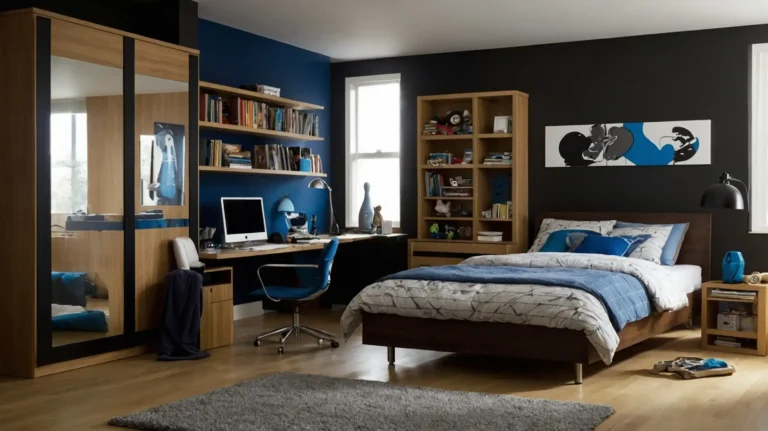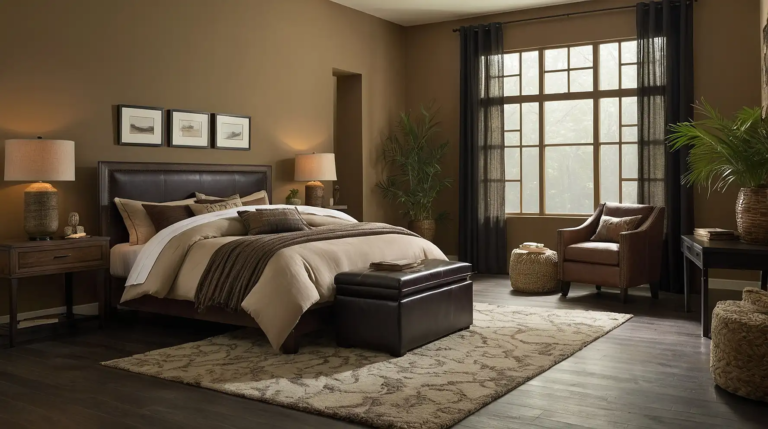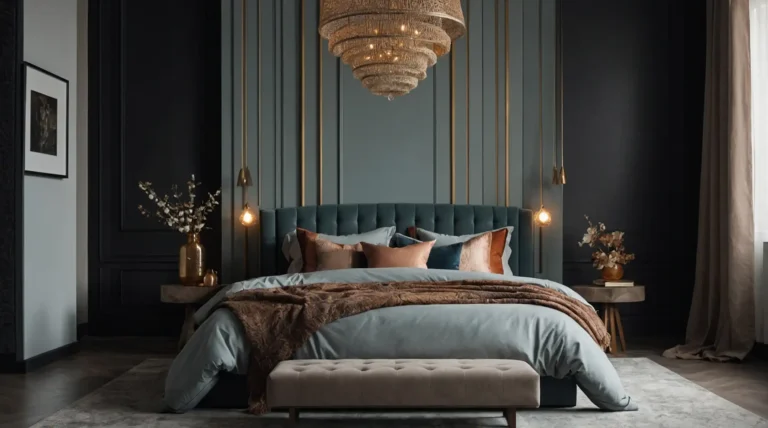27 Clever Small Living Room Ideas That Maximize Style and Space
Decorating a small living room doesn’t mean sacrificing style or comfort.
With thoughtful planning and strategic design choices, you can transform even the tiniest space into a functional, beautiful haven.
The key lies in maximizing every square inch while creating visual spaciousness.
Smart furniture selections, clever storage solutions, and optical illusions can make your compact room feel surprisingly generous.
Ready to fall in love with your small living room?
These ideas will help you create a space that feels both cozy and spacious, proving that good things really do come in small packages.
1: Float Your Furniture
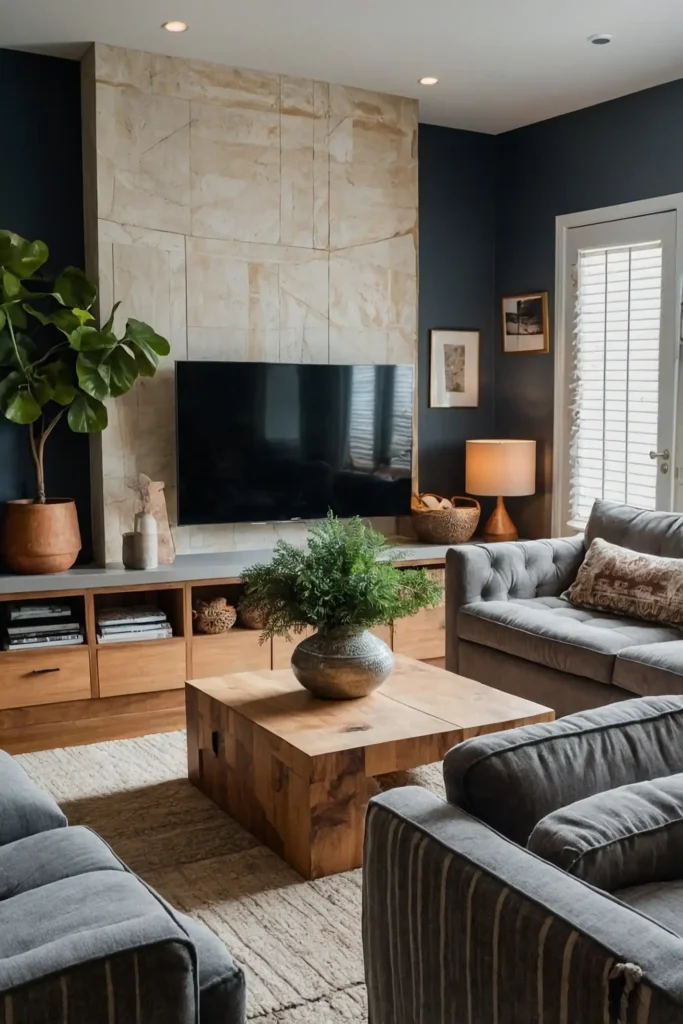
Pull furniture pieces away from the walls by even a few inches.
This counterintuitive technique actually makes the room appear larger by creating breathing space around your items.
The small gap prevents the “boxed in” feeling that happens when everything sits flush against walls.
It works especially well with sofas and accent chairs.
This simple repositioning costs nothing but dramatically changes how spacious your room feels.
2: Invest in a Mirror Wall
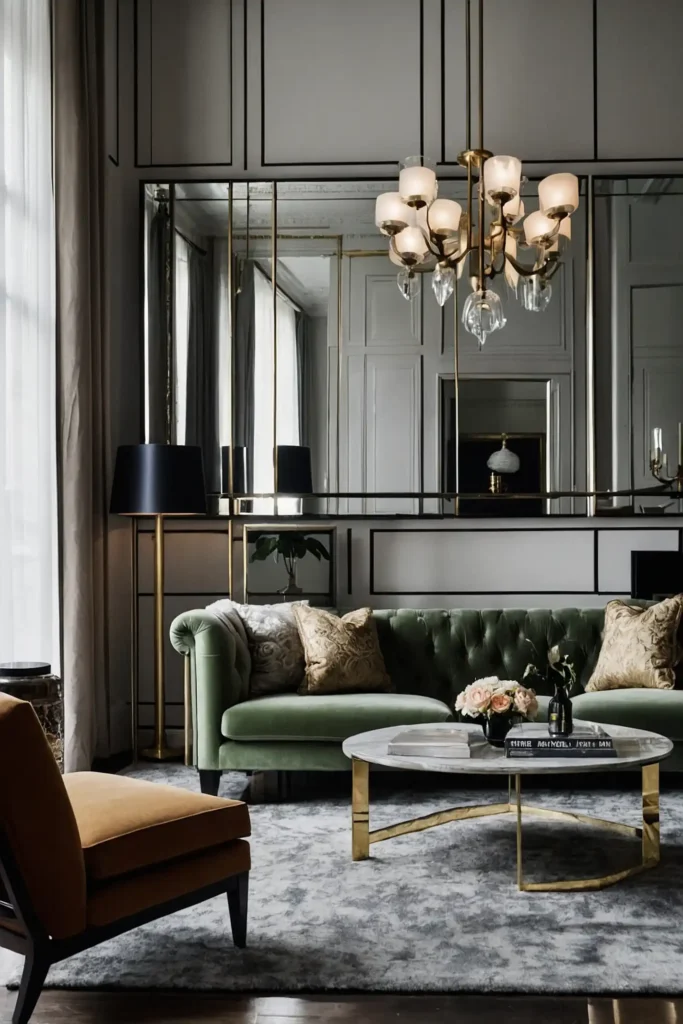
Mount a large mirror across one entire wall to instantly double your visual space. Position it opposite your brightest window to maximize light reflection.
The mirror creates an optical illusion of depth that tricks the eye into perceiving a much larger area.
Choose a frameless design for the most seamless expansion effect.
This single addition might be the most impactful change you can make in a small living room.
3: Choose Leggy Furniture
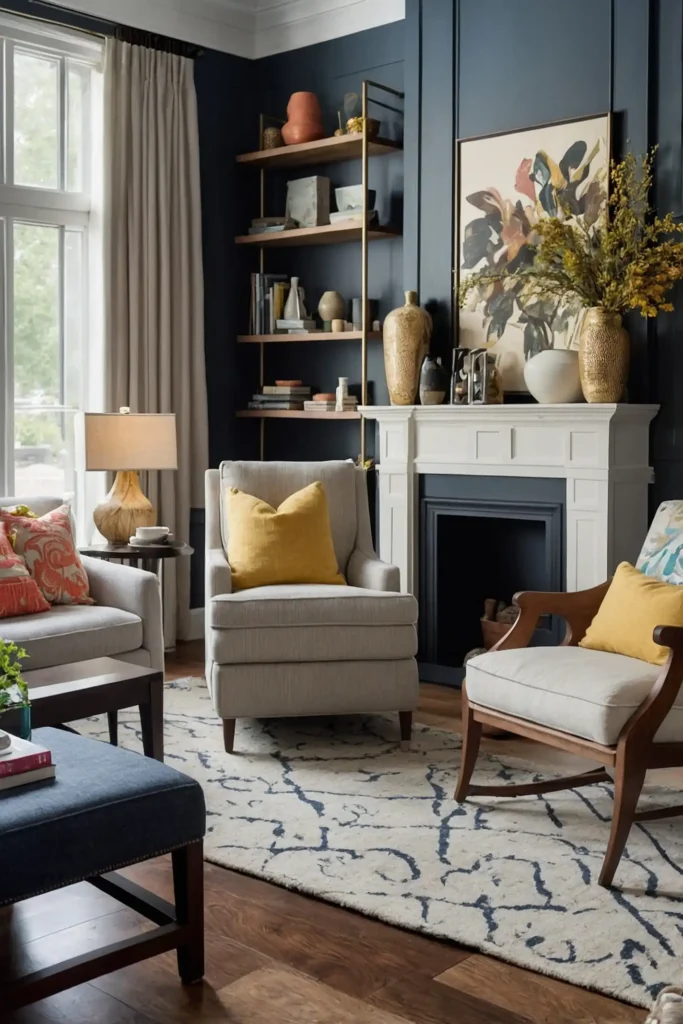
Select sofas and chairs with visible, slender legs rather than pieces that sit directly on the floor. The visible floor space underneath creates an airier, more open feeling.
Mid-century modern designs excel at this design feature with their characteristic tapered legs.
Even substantial furniture pieces feel lighter when they’re elevated.
This approach allows your eye to travel across more of your flooring, creating the illusion of greater square footage.
4: Embrace Floor-to-Ceiling Curtains
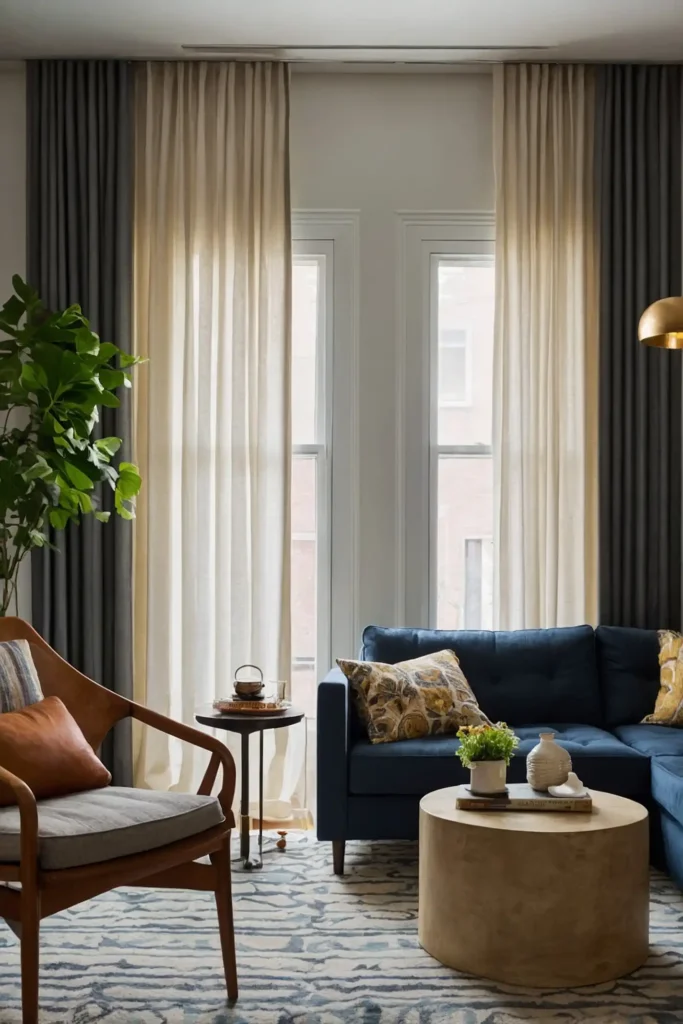
Hang curtain rods close to the ceiling rather than just above your window frame.
Select curtains that barely kiss the floor for maximum height enhancement.
This vertical extension draws the eye upward, making your ceilings appear higher than they actually are.
Choose fabrics that match your wall color for a seamless look.
The continuous line from floor to ceiling creates an elegant, expansive feel in even the smallest spaces.
5: Incorporate Dual-Function Furniture
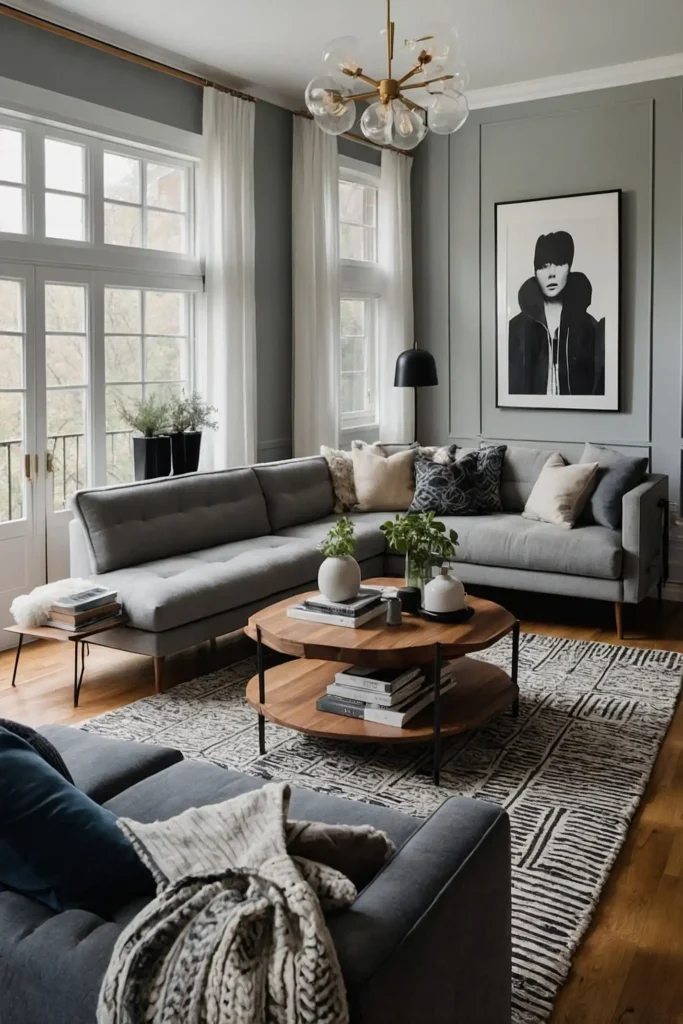
Select pieces that serve multiple purposes, like a coffee table with storage, a sofa bed, or nesting tables.
These hardworking items earn their keep in limited square footage.
Look for ottomans that offer seating, footrest functions, and hidden storage compartments.
Quality convertible pieces might cost more initially but deliver tremendous value.
This practical approach ensures every item in your space pulls double duty.
6: Create a Monochromatic Color Scheme
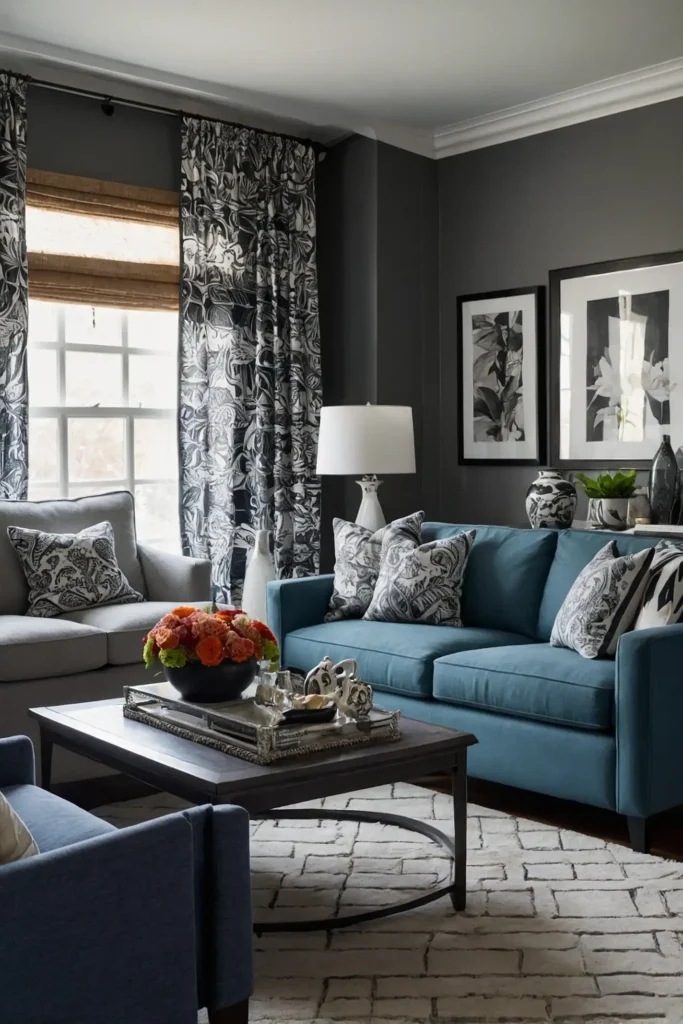
Stick to different shades and textures of a single color throughout your space.
This cohesive approach eliminates visual interruptions that can make a small room feel choppy.
Add interest through varied textures rather than contrasting colors.
A monochromatic palette creates a sophisticated, expansive atmosphere that feels intentionally designed.
Light neutrals maximize brightness, but deep monochromatic schemes can create cozy, intimate spaces.
7: Install Strategic Wall Sconces
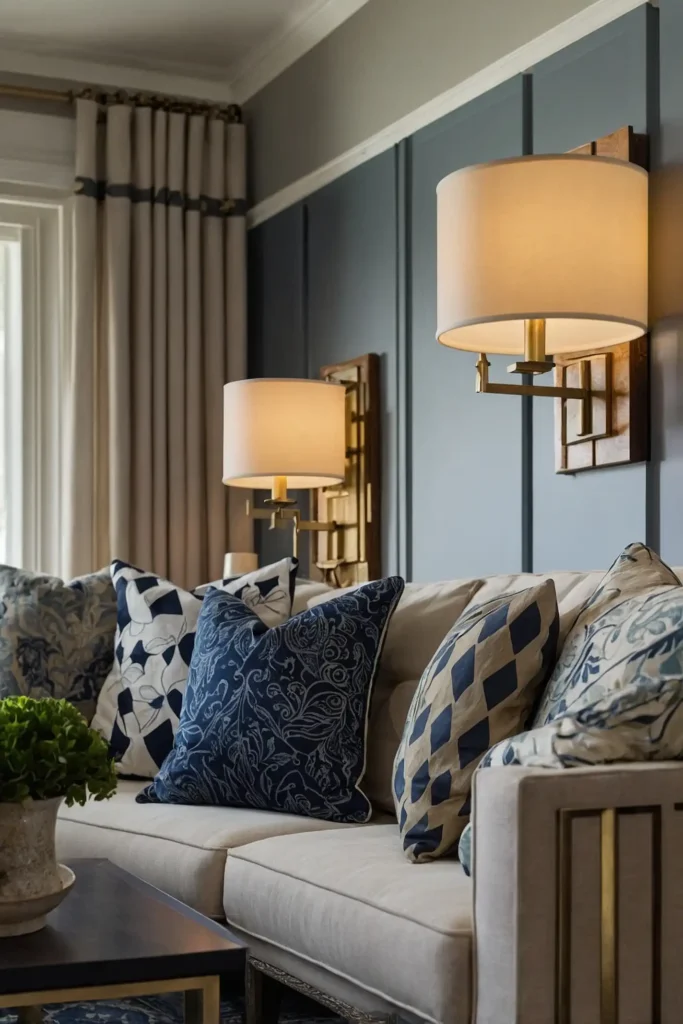
Replace floor or table lamps with wall-mounted lighting fixtures to free up precious surface space.
Position sconces alongside artwork or above seating areas.
The vertical placement draws eyes upward, enhancing ceiling height perception.
Many designs feature adjustable arms for directed reading light when needed.
Choose hardwired models for a clean look or plug-in versions for rental-friendly installation.
8: Utilize Vertical Storage Solutions
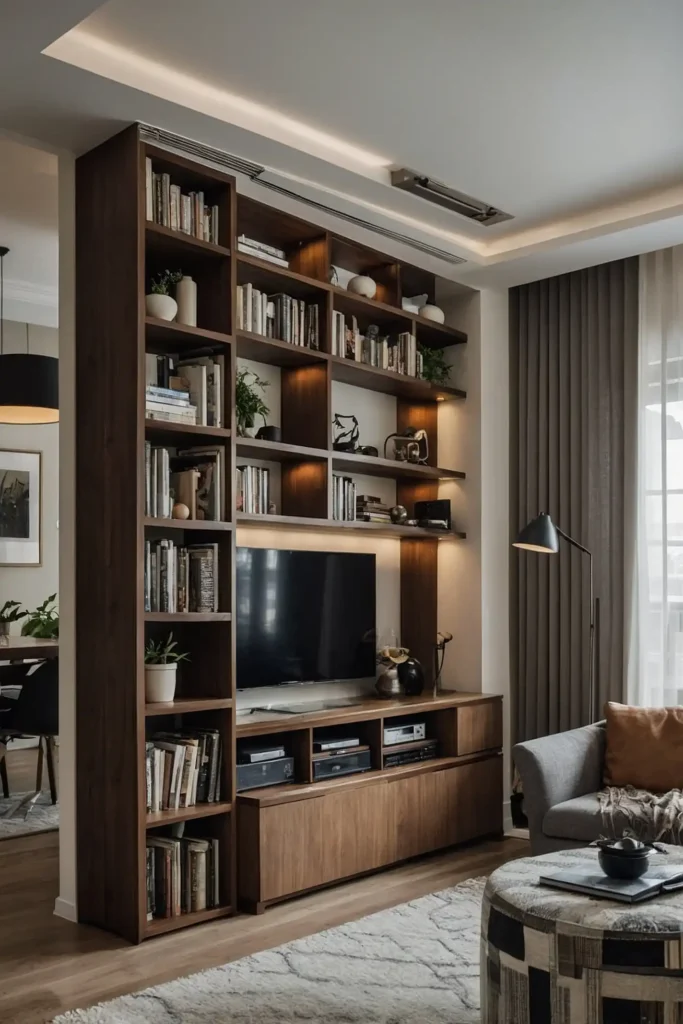
Maximize wall space with floating shelves or tall, narrow bookcases that draw the eye upward.
This approach captures unused vertical territory while keeping floor space open.
Arrange books and decorative items with breathing room rather than cramming shelves full. The negative space creates a lighter, more curated appearance.
Paint shelving units the same color as your walls for a built-in look that recedes visually.
9: Select a Statement Sofa
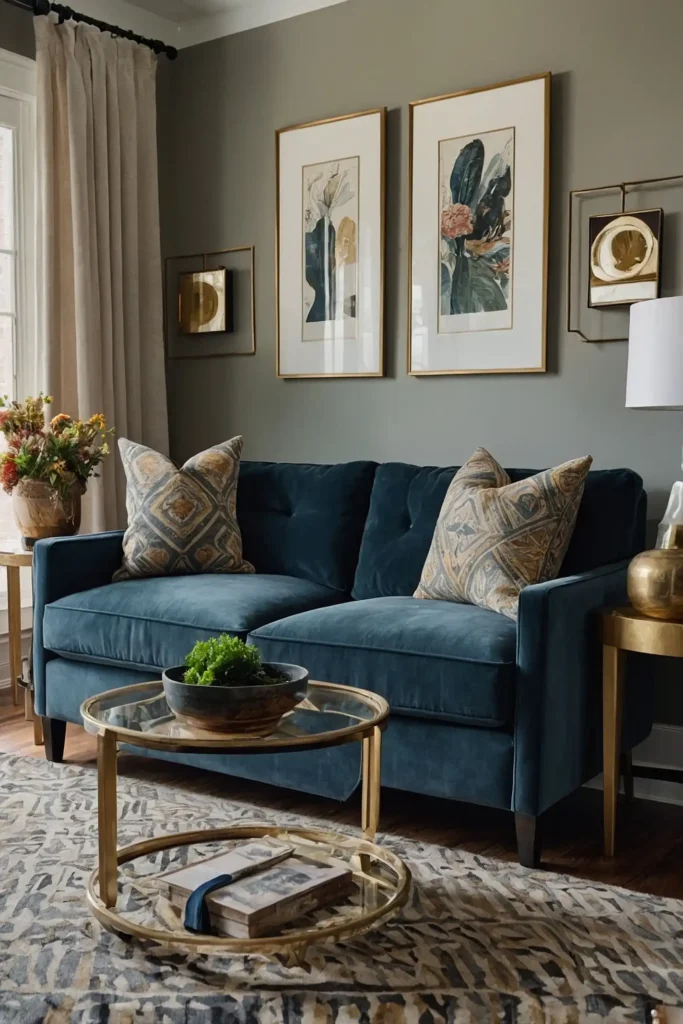
Choose one fantastic, appropriately-scaled sofa rather than multiple mediocre seating options.
Invest in the best quality and most comfortable piece your budget allows.
Look for designs with clean lines and simplified silhouettes. Avoid overstuffed models with bulky arms that consume precious inches.
A perfectly proportioned sofa creates a strong foundation that anchors the entire room without overwhelming it.
10: Try Clear Furniture Elements
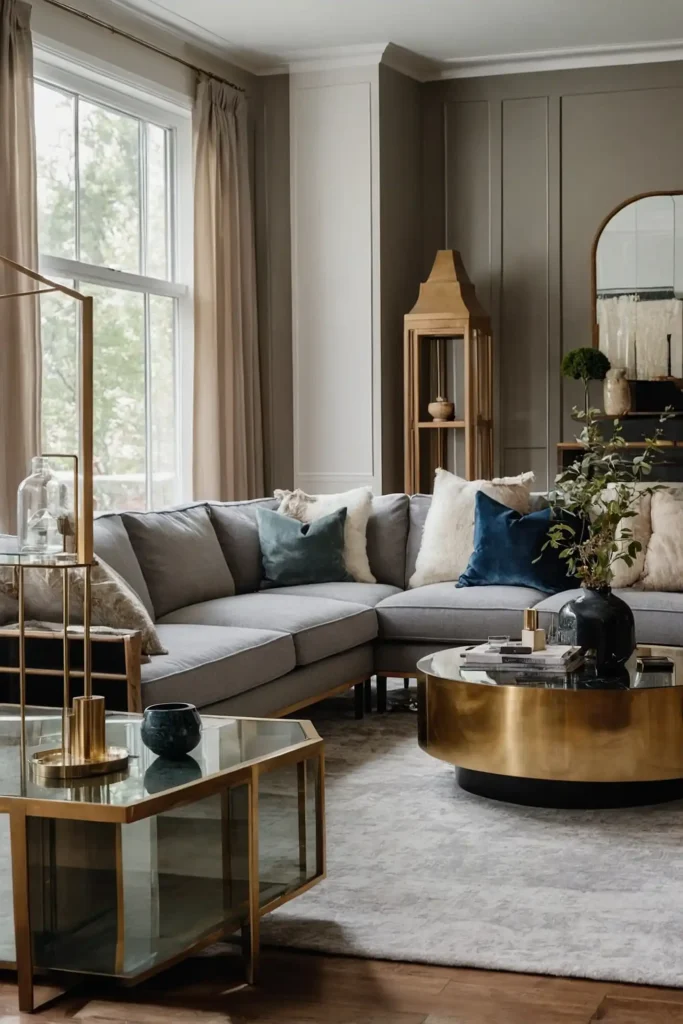
Incorporate acrylic or glass pieces like coffee tables, side tables, or even chair components.
These transparent elements take up zero visual space while being fully functional.
The see-through quality allows your eye to travel uninterrupted through the furniture.
This transparency works especially well in ultra-small spaces where every visual inch matters.
These materials also reflect light, contributing to a brighter, more open-feeling environment.
11: Paint Walls and Trim the Same Color
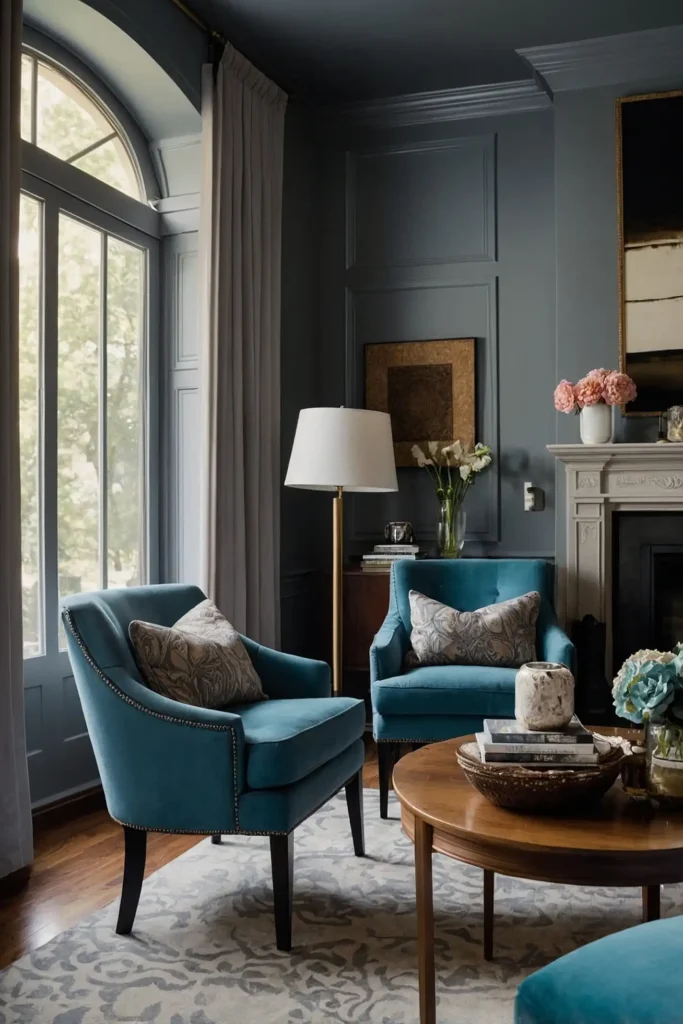
Eliminate the contrasting line between walls and trim by painting both the same shade. This creates an uninterrupted visual plane that expands the perceived space.
This technique works with any color but appears especially sophisticated with mid-tone or deeper shades.
The uniform treatment allows architectural details to shine without creating choppiness.
The seamless transition fools the eye into seeing a more expansive, cohesive environment.
12: Choose a Larger Area Rug
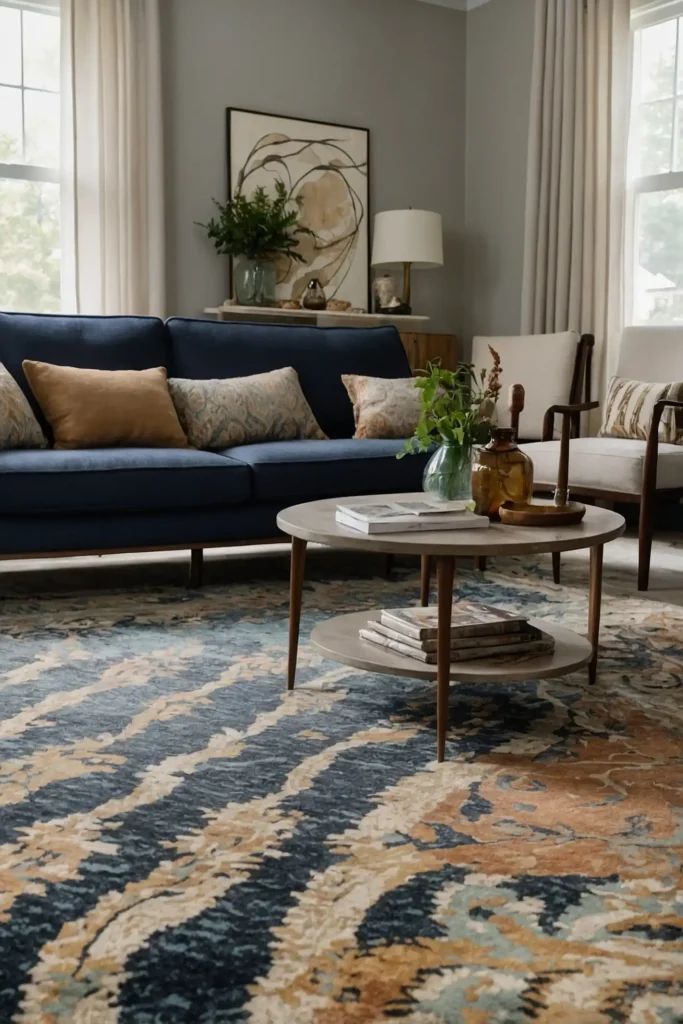
Select a rug large enough to accommodate all furniture pieces, at least partially.
Small rugs create visual fragmentation that makes your space feel disjointed and smaller.
Position the rug so front furniture legs rest on it while maintaining a consistent border of visible flooring around the perimeter.
This creates a defined conversation area within your space.
The larger footprint unifies your seating arrangement into one cohesive unit.
13: Install a Wall-Mounted TV
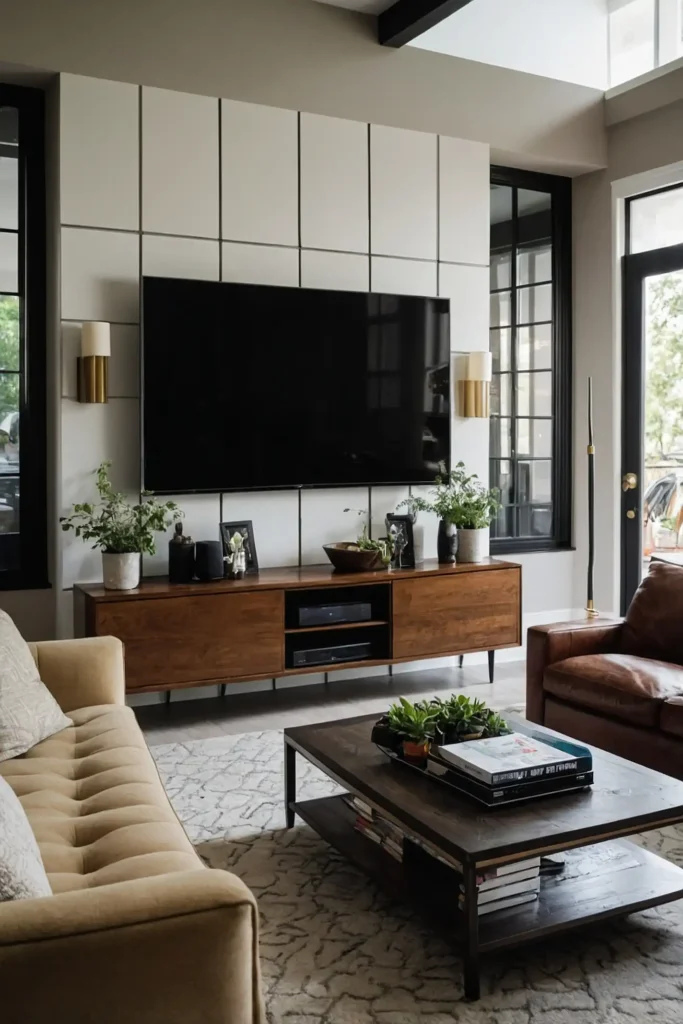
Mount your television directly on the wall instead of using a media console or entertainment center.
This simple change frees up significant floor space.
Hide cables inside the wall or use cord covers painted to match your wall color.
Consider a swivel mount that allows viewing from different seating positions.
This approach eliminates the need for a large piece of furniture while creating a cleaner visual line.
14: Embrace Minimalist Styling
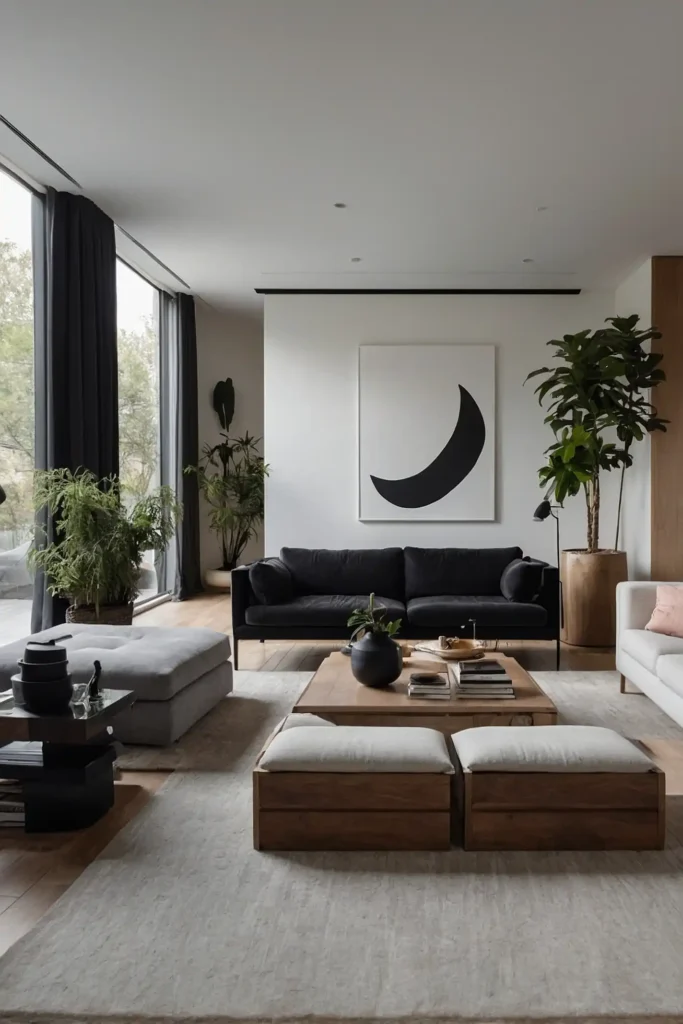
Adopt the “less is more” philosophy by selecting fewer, more impactful decorative elements rather than many small items.
This prevents visual clutter that makes spaces feel cramped.
Choose three to five significant pieces that reflect your personality instead of numerous tchotchkes.
Rotate seasonal or sentimental items rather than displaying everything simultaneously.
This curated approach creates breathing room that makes your space feel purposeful and peaceful.
15: Try a Backless Sofa
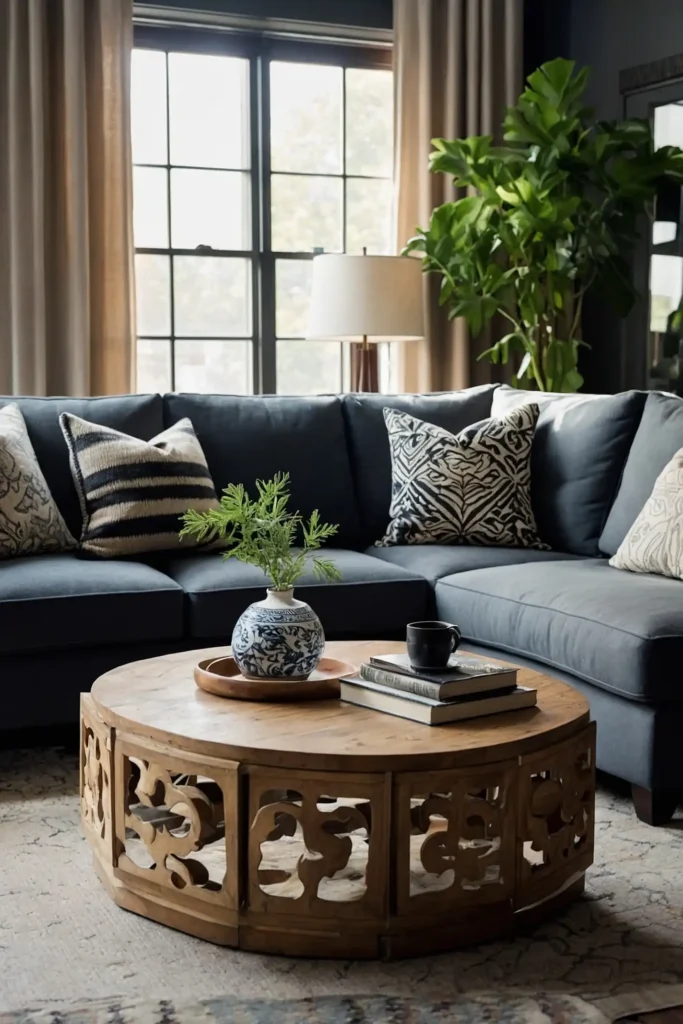
Consider a backless sofa or daybed that can float in the center of your room.
These versatile pieces allow seating from either side without the visual bulk of a traditional sofa back.
Position this multifunctional piece to define separate areas within your space. The lower profile maintains open sight lines throughout the room.
This unexpected choice brings sophistication while maintaining an airy, open feel.
16: Use Pocket or Sliding Doors
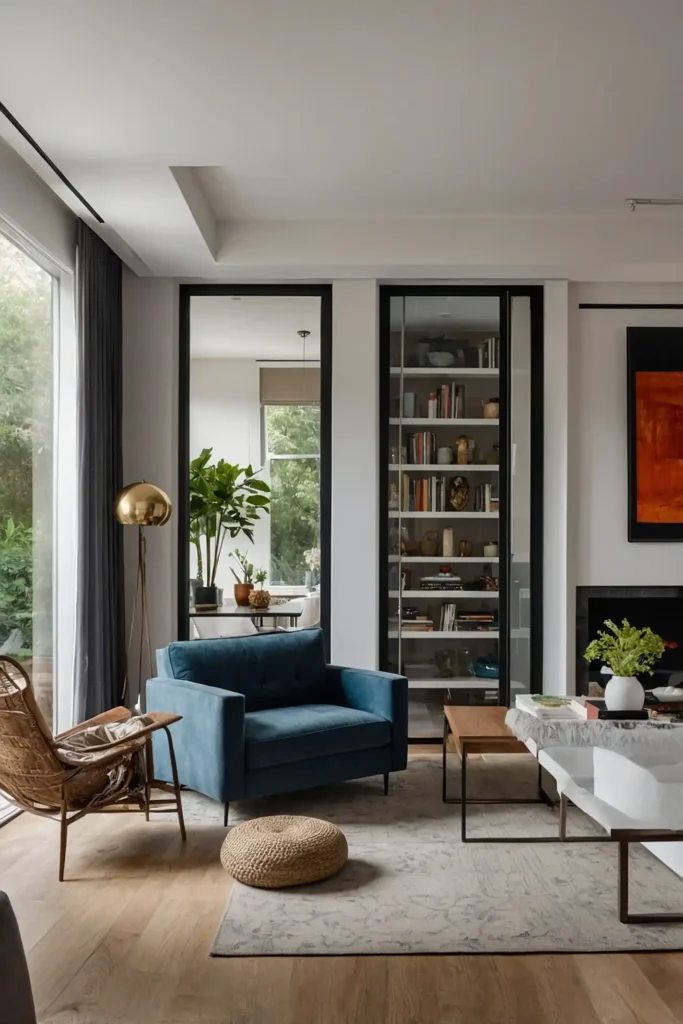
Replace traditional swinging doors with space-saving pocket or sliding alternatives. This eliminates the awkward door swing area that often limits furniture placement.
If structural changes aren’t possible, consider barn-style sliding hardware mounted above your existing doorway.
The industrial look adds character while solving a practical problem.
This modification reclaims square footage that was previously unusable for furniture placement.
17: Incorporate Hidden Storage
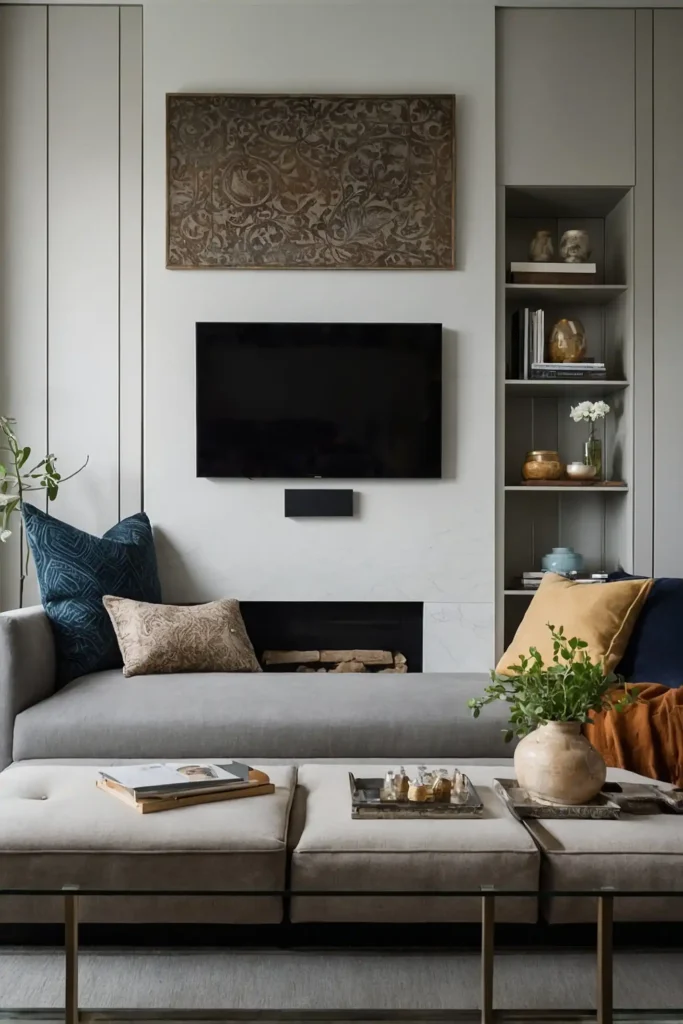
Choose coffee tables, ottomans, and benches with concealed storage compartments.
These clever pieces hide everyday items while maintaining a clean, uncluttered appearance.
Look for designs where the entire top lifts or features drawers for easy access.
Select models proportioned appropriately for your space rather than oversized options.
This practical solution addresses the storage challenges that often plague small spaces.
18: Try Large-Scale Artwork
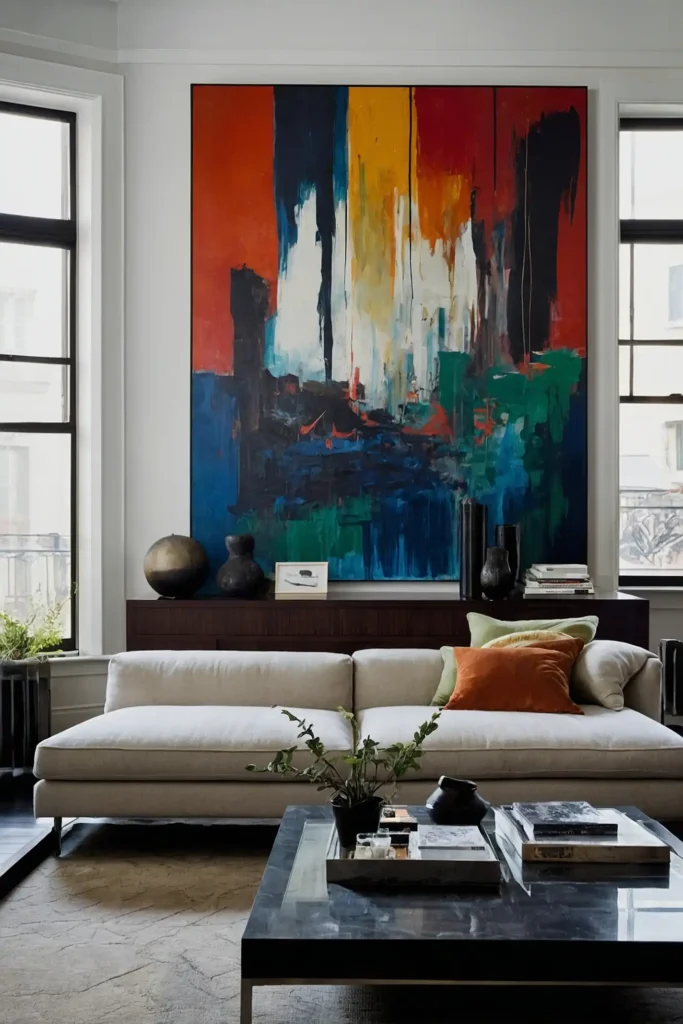
Hang one oversized piece of art rather than a gallery of smaller frames.
The single large element creates a focal point while actually making the room feel more spacious.
Position it where it will make maximum impact, typically above your sofa or fireplace.
Choose a piece with visual depth that seems to extend the boundaries of your room.
This bold choice brings personality without the visual busyness of multiple smaller pieces.
19: Rethink Your Coffee Table
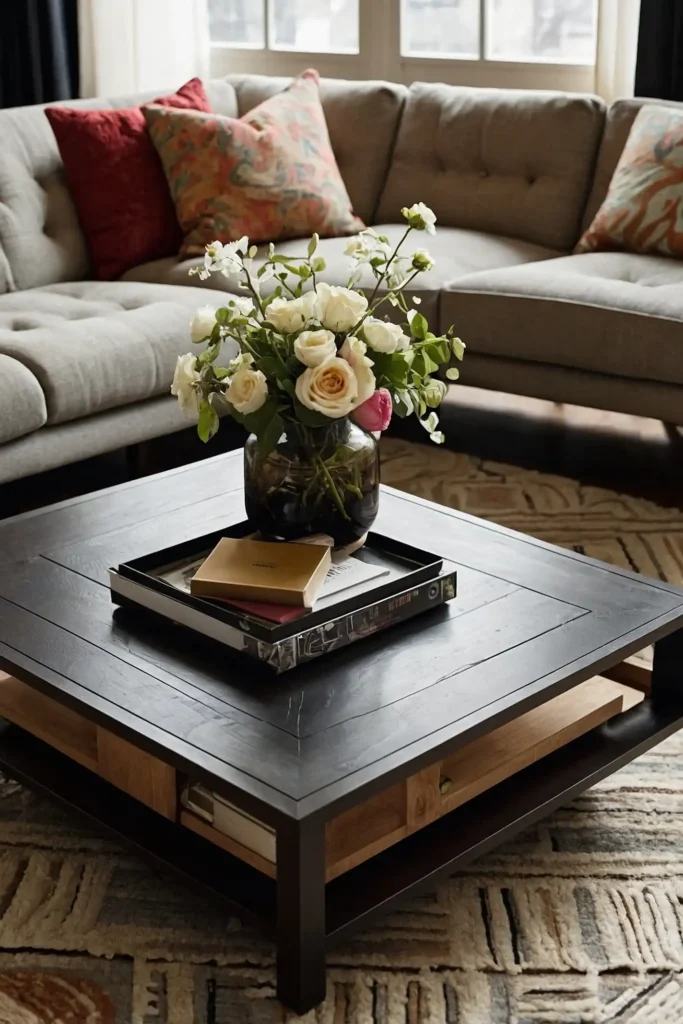
Replace the traditional coffee table with nesting tables or a set of coordinating poufs that can be rearranged as needed. This flexible approach adapts to changing needs.
Pull smaller tables out when hosting guests, then tuck them away to reclaim floor space.
Choose lightweight pieces that can be easily moved for cleaning or rearranging.
This versatility allows your room to evolve from intimate evenings to social gatherings with minimal effort.
20: Capitalize on Corner Spaces
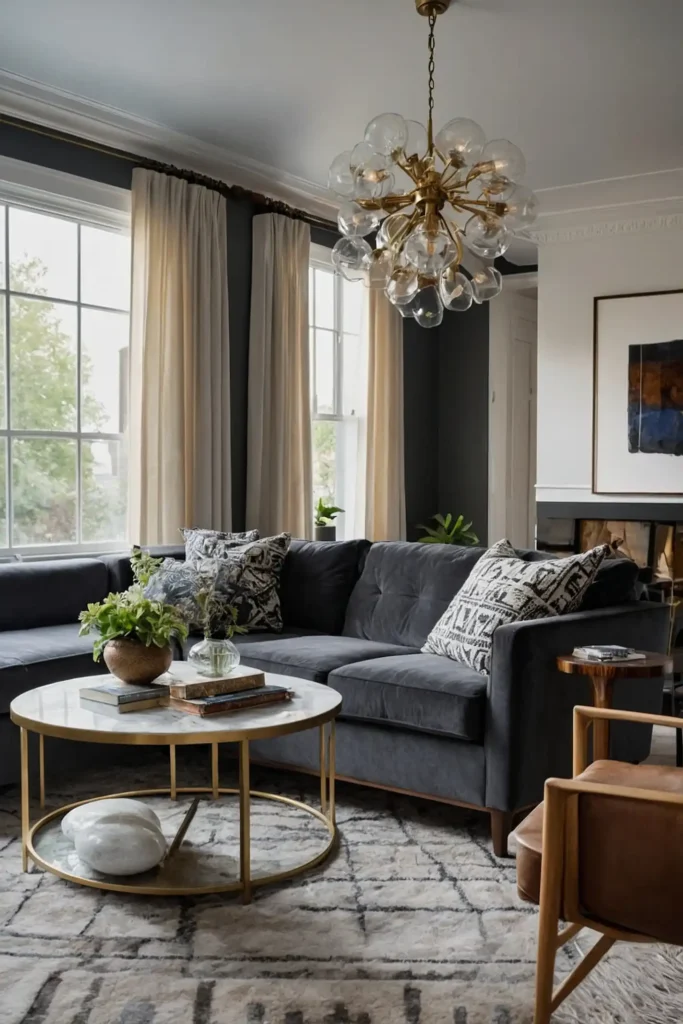
Maximize awkward corners with specially designed corner shelving or seating.
These often-neglected areas offer valuable square footage that can be cleverly captured.
Look for floating corner shelves for displaying decorative items without floor footprint.
Alternatively, consider a corner sectional that maximizes seating without extending too far into the room.
This strategic use of overlooked space ensures every inch serves a purpose.
21: Create Zones With Area Rugs
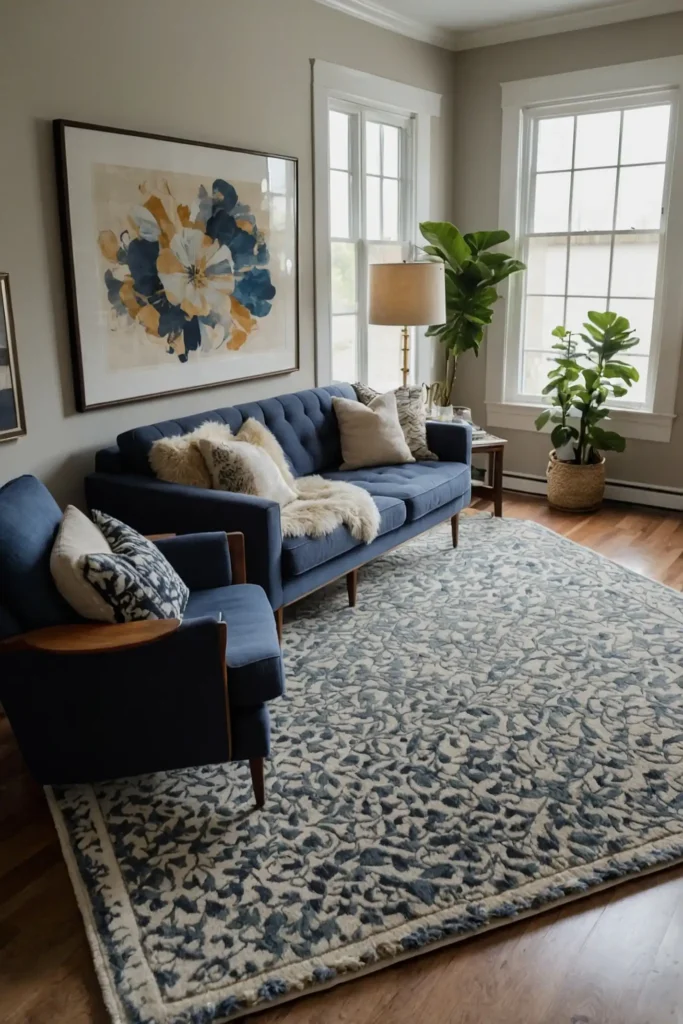
Define separate functional areas within one small room using different rugs. This creates the illusion of more space by visually dividing one room into multiple zones.
Establish a conversation area with one rug and a reading nook with another. Keep some consistent elements between zones for cohesion.
This technique works especially well in studio apartments or multi-purpose living rooms.
22: Integrate Smart Technology
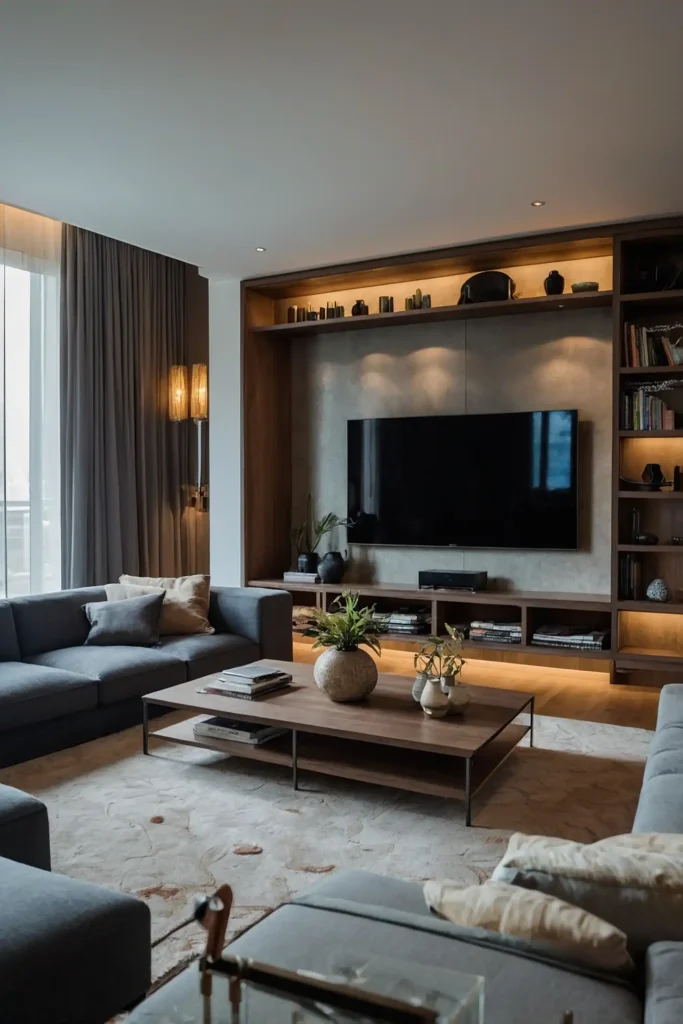
Incorporate voice-controlled devices that eliminate the need for physical switches, remote controls, or additional electronics.
This reduces visual clutter that can make spaces feel cramped.
Use smart speakers that control lighting, temperature, and entertainment systems.
The minimal footprint of these devices belies their significant functionality.
This modern approach streamlines both the appearance and operation of your living space.
23: Choose Armless Seating
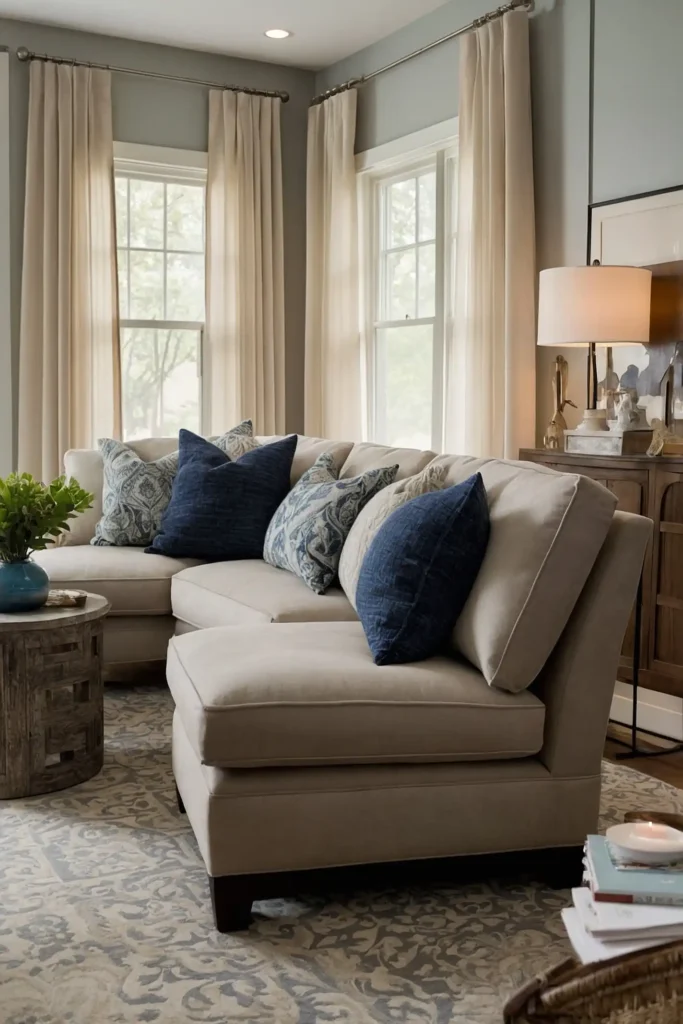
Select chairs and even sofas without bulky arms to save precious inches while maintaining comfortable seating capacity.
The streamlined silhouette consumes less visual space.
This technique works particularly well when chairs must be positioned close to walkways or other furniture.
The absence of arms creates a more open feeling circulation pattern.
These sleek designs offer full seating function without the extra width traditional arms require.
24: Create a Feature Wall
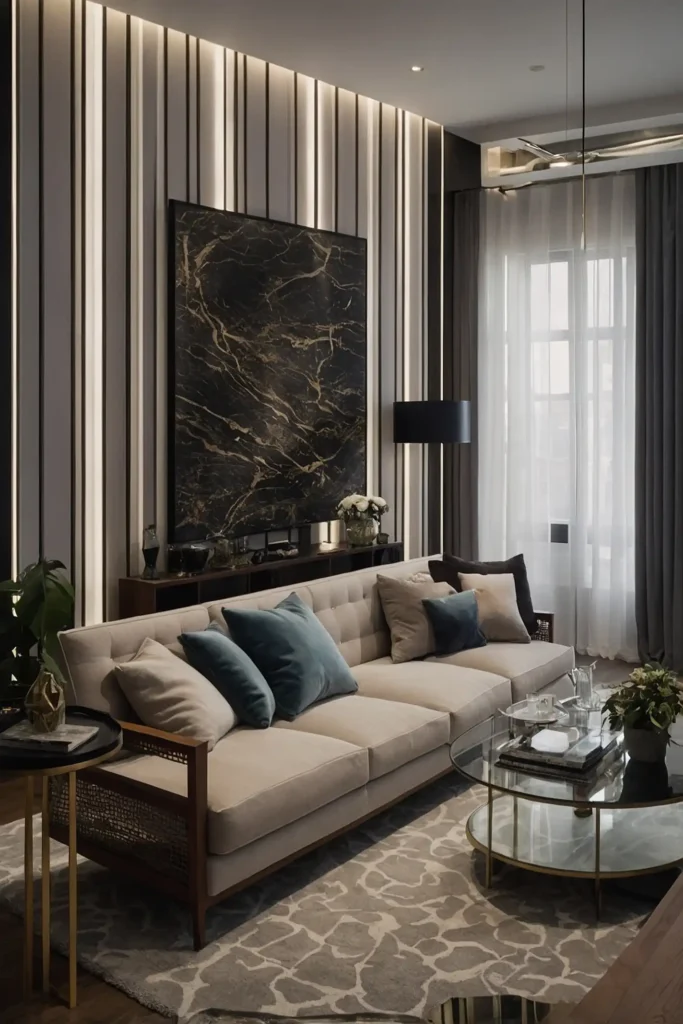
Paint or wallpaper just one wall in a bold color or pattern.
This creates depth by visually pushing that wall back, making the room appear longer or wider.
Choose the wall that serves as the natural focal point of your room, typically where your sofa is positioned. Keep other walls neutral to prevent overwhelming the space.
This strategic application adds personality and dimension without shrinking your space.
25: Hang Curtains Wide
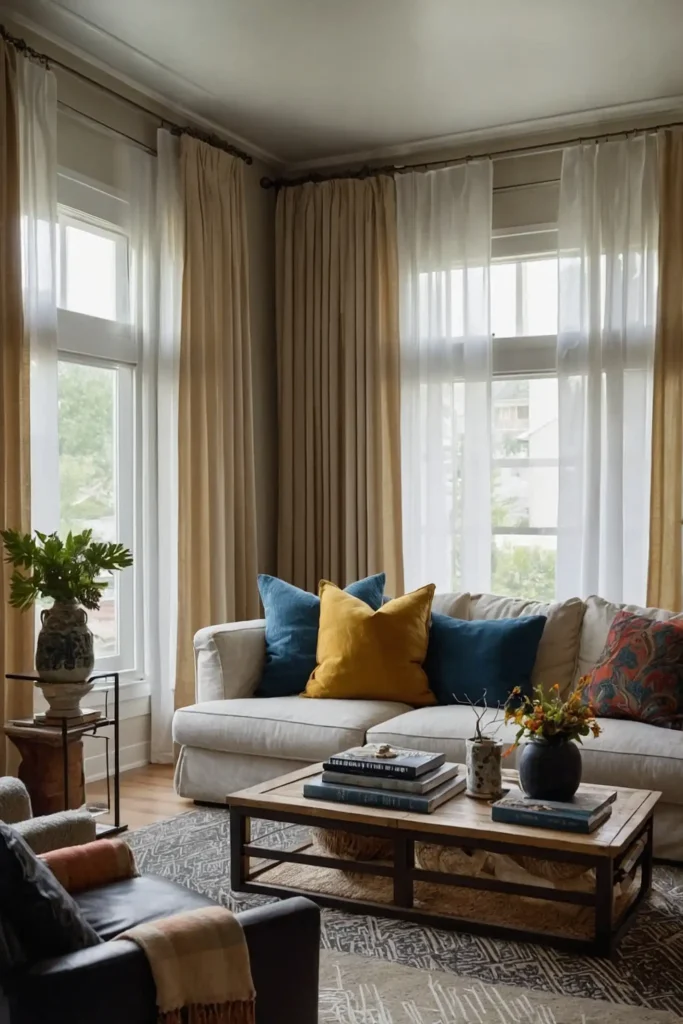
Extend curtain rods 10-12 inches beyond your window frame on each side. When open, the curtains will rest against the wall rather than blocking precious window space.
This simple adjustment maximizes natural light while making your windows appear significantly larger.
Choose curtain fabric that matches your wall color for a seamless look.
The continuous visual line creates an expansive feeling that enlarges the entire room.
26: Use Furniture With Built-In Lighting
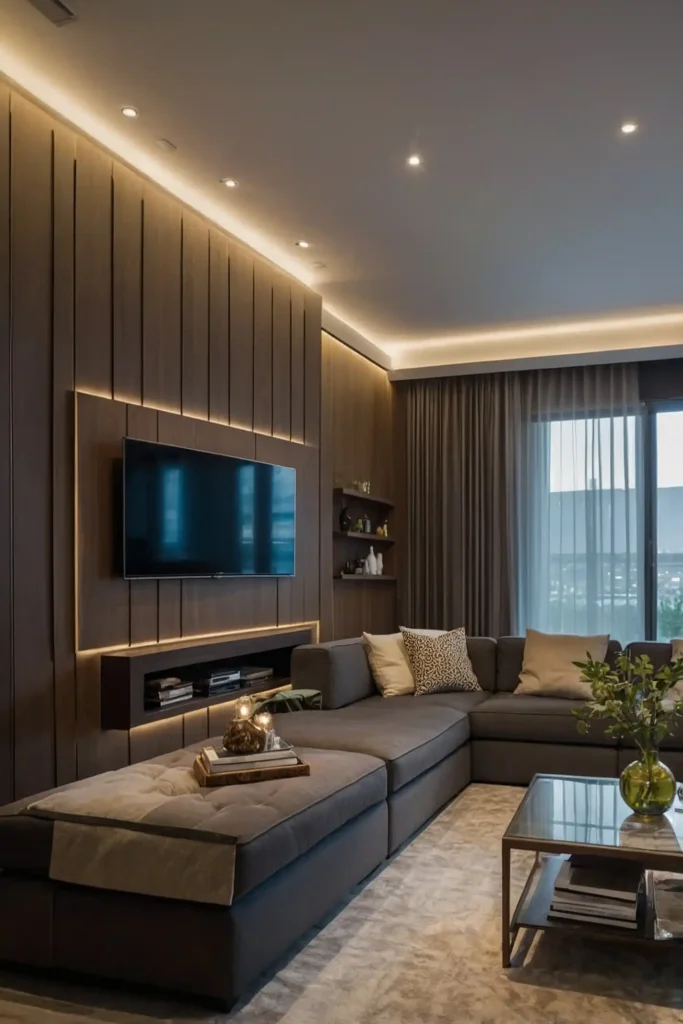
Select pieces that incorporate lighting features to eliminate the need for additional lamps.
Headboards with reading lights or shelving with integrated LED strips serve dual purposes.
These multifunctional items reduce the number of separate lighting fixtures needed.
Consider sofas with USB ports built into the base to eliminate charging stations.
This consolidation of functions keeps your space cleaner and more efficient.
27: Try a Round Dining Table
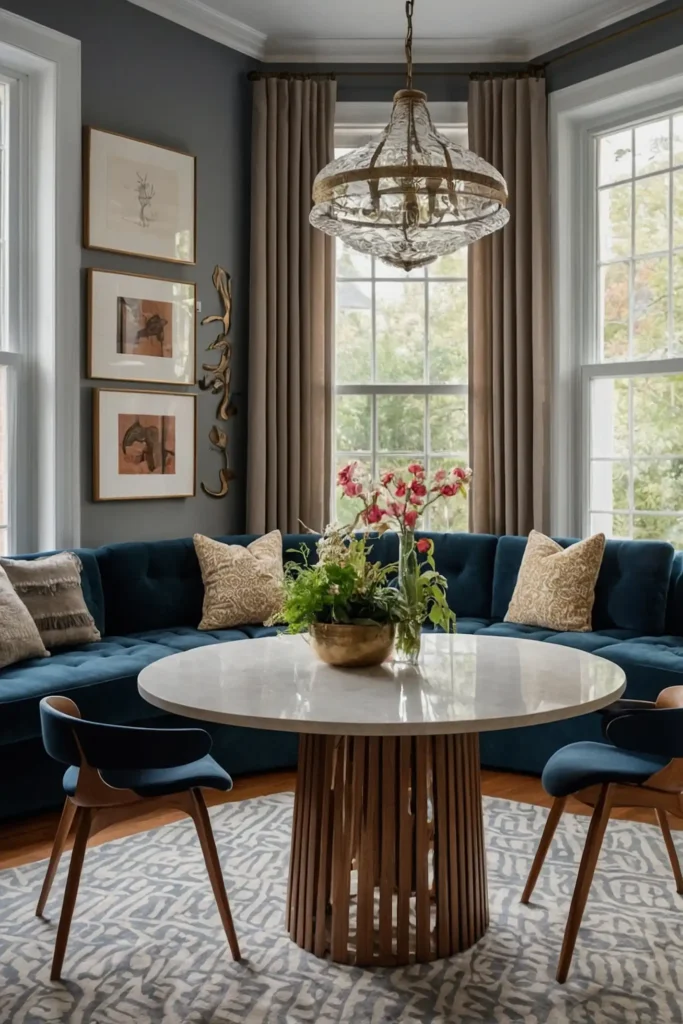
Choose a circular table rather than a rectangular one if your living room includes a dining area. The curved edge allows easier navigation in tight spaces.
A pedestal base provides maximum leg room while allowing chairs to tuck completely under when not in use.
Extendable round models offer flexibility for occasional entertaining.
The absence of sharp corners creates better traffic flow and reduces painful hip checks when moving through the space.
Conclusion
With these 27 ideas, you can transform your small living room into a space that feels both inviting and spacious.
Remember that thoughtful editing and strategic design choices will always trump cramming in more stuff.


